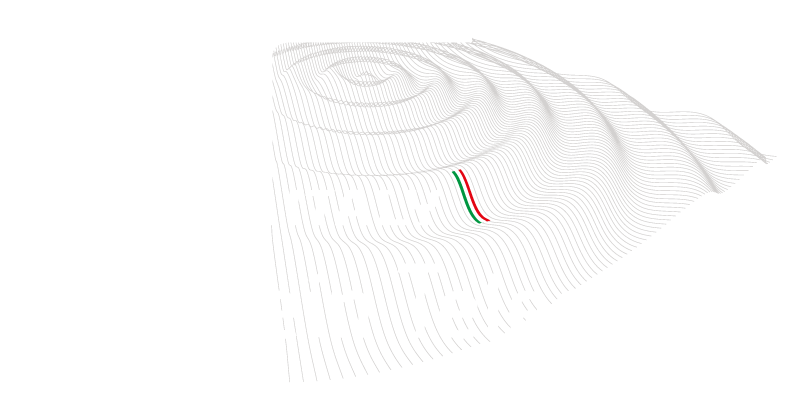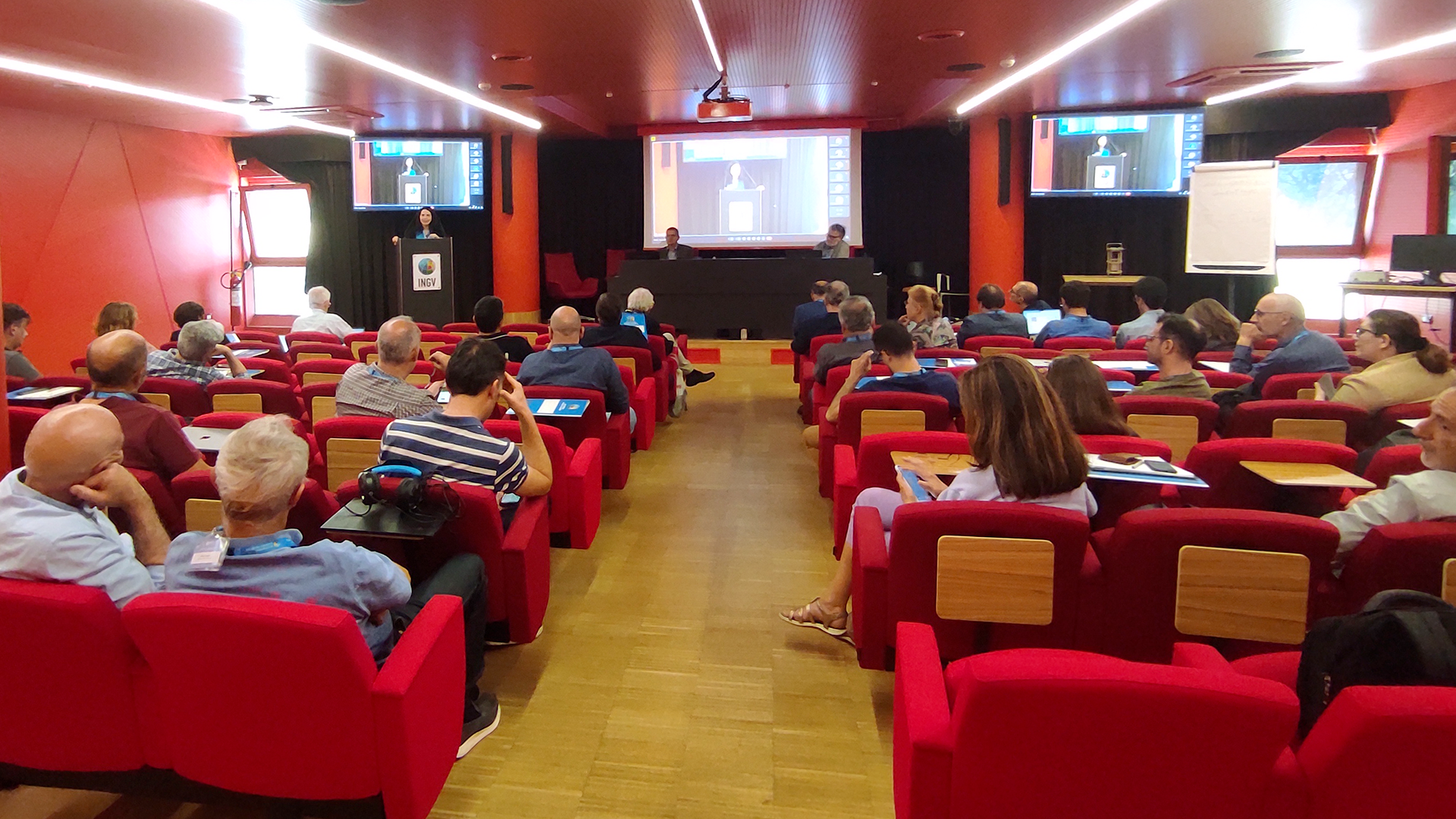The headquarters of the National Institute of Geophysics and Volcanology (INGV) recently hosted the ET@INGV workshop, where researchers from the Institute and the Einstein Telescope collaboration discussed important updates on the role of geological, geophysical, and seismological research in characterizing the Sos Enattos site, a candidate to host the future gravitational wave observatory. The conference provided an opportunity to strengthen the dialogue between INGV and other Italian partners of the ET project and to present, with a talk by INGV president Carlo Doglioni, the Earth Telescope project, which aims to explore the complex geophysical mechanisms within the Earth.
Coordinating the conference, which was structured with a series of presentations and two panel discussions, were Marco Olivieri and Carlo Giunchi, INGV researchers leading FABER (Far Field Observatory), a project whose objective is to build an underground geophysical observatory at Sos Enattos (as part of the larger MEET project, funded by the PNRR, with INGV as the lead partner).
“The goal of this conference was twofold: on the one hand, to introduce INGV’s activities to other research institutions involved in the Einstein Telescope, particularly INFN and INAF, and on the other hand, to present the ET project to our colleagues within INGV”, emphasizes Marco Olivieri. “The ultimate aim is to create and strengthen a synergy between the institutions to enhance Italy’s candidacy to host the Einstein Telescope and the research activities we are carrying out in Sardinia”.
The Sardinian site is characterized by very low seismic noise and low anthropization, ideal conditions for both studying the Earth’s core and for experiments aimed at observing messengers from the deep universe, such as the Einstein Telescope.
“The role played by INGV in ET is very important, especially at this particular stage where the site for this infrastructure has not yet been decided. Italy wants to build it in Sardinia, and our institute is trying to contribute with its own tools to determine the characteristics of this territory,” explains Carlo Giunchi. “The data we have already recorded indicates that Sardinia is a very suitable place to host a scientific experiment like the Einstein Telescope, which requires very specific conditions for its operation. Moreover, we are moving forward with the establishment of the FABER geophysical observatory through the installation of new instruments. This data will allow us not only to further contribute to the characterization of the Sardinian site, but also to open a window on its surroundings, aiming to detect signals from tectonically and volcanically active areas in the Apennine chain and the Tyrrhenian Sea.”

